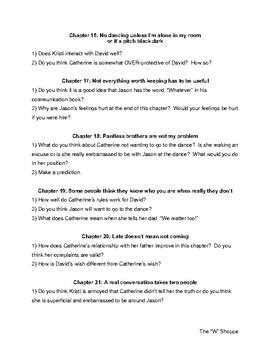


And when Miles figured out what happened, he was devastated.

“8 Meters” shows that there was genuine confusion among the drivers as to who actually won the race. In it, you can even hear the real audio from the day of the race (around the 17:15 mark) of the announcer explaining to the crowd what had just happened. It’s all spelled out in the documentary “8 Meters: Triumph, Tragedy and a Photo Finish at Le Mans,” which you can watch above. Believe it or not, “Ford v Ferrari” doesn’t really take very many dramatic liberties. That glorious photo op really happened, and Miles really did lose his first place ranking on that frustrating technicality. And since the Ford car driven by Bruce McLaren and Chris Amon started the race eight meters (roughly 60 feet) behind Miles (who was in the pole position), Miles is declared the second place driver.Īlso Read: 'Ford v Ferrari' Film Review: Christian Bale and Matt Damon Drive Steady Through Underwritten Le Mans Taleīut how close does the film’s depiction of Le Mans ’66 match with the real life events? Pretty close, as it turns out. Le Mans rules hold that in the event of a dead heat finish, the car that drove the furthest distance is the official winner regardless of overall standings in the race.

The move achieves the desired photo opp, but Miles loses the championship he deserved on a technicality. In the film’s telling, once it becomes clear Ford will win, Ford executives, including Henry Ford II, realize that having all of its cars finish at the same time would make an excellent PR stunt - so they instruct driver Ken Miles (Bale) to slow down his pace to let the other two cars catch up. But there’s some additional drama in the “Ford v Ferrari” portrayal. The real life Le Mans ’66 ended with a historic finish: Ford trounced the frontrunner Ferrari as all three Ford cars crossed the finish line in a dead heat. Though, admittedly, it is fitting as the conclusion of a story that’s all about corporate meddling. (This post contains SPOILERS for “Ford v Ferrari,” starring Matt Damon and Christian Bale.)Ī good chunk of James Mangold’s “Ford v Ferrari” is devoted to a diligent recreation of the 1966 24 Hours of Le Mans race, and it all leads to a climax that, if you don’t know anything about it, feels almost too strange to be real.


 0 kommentar(er)
0 kommentar(er)
